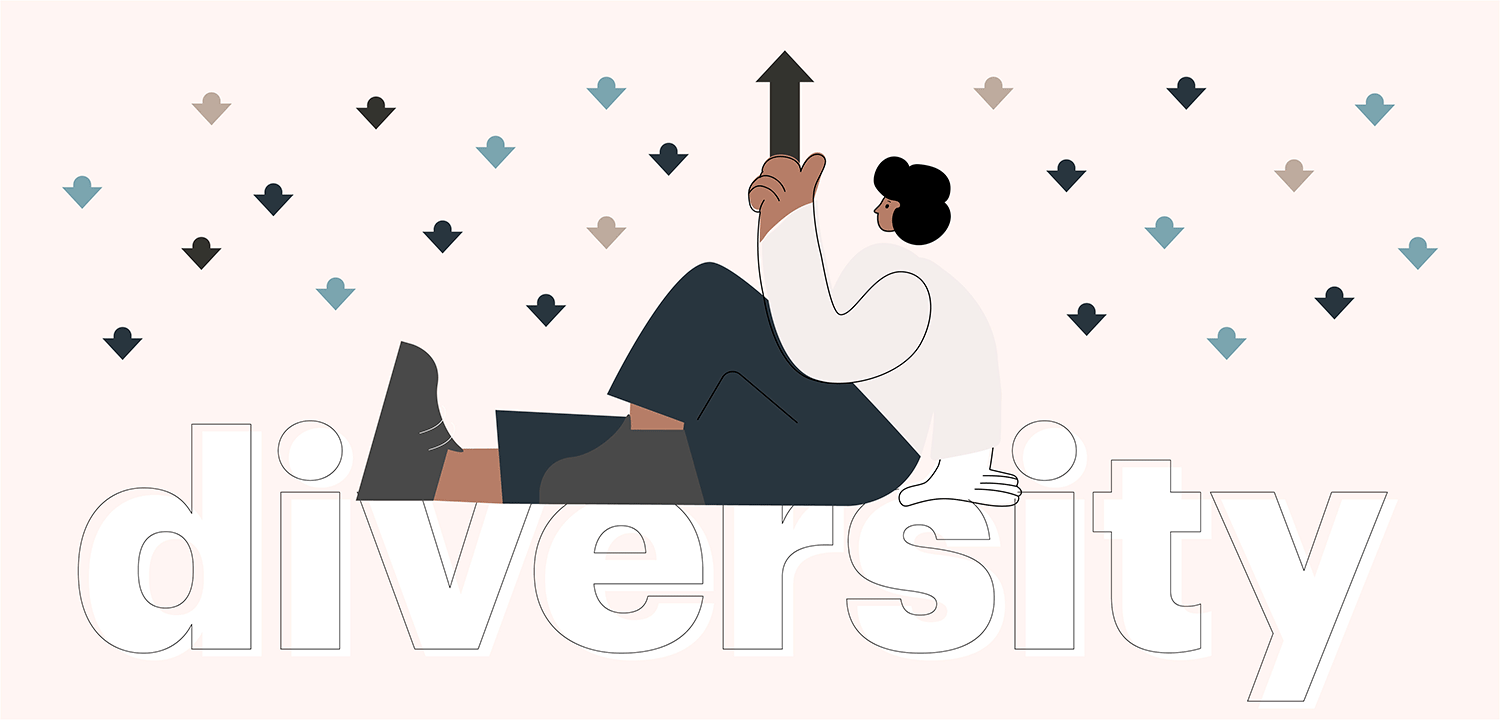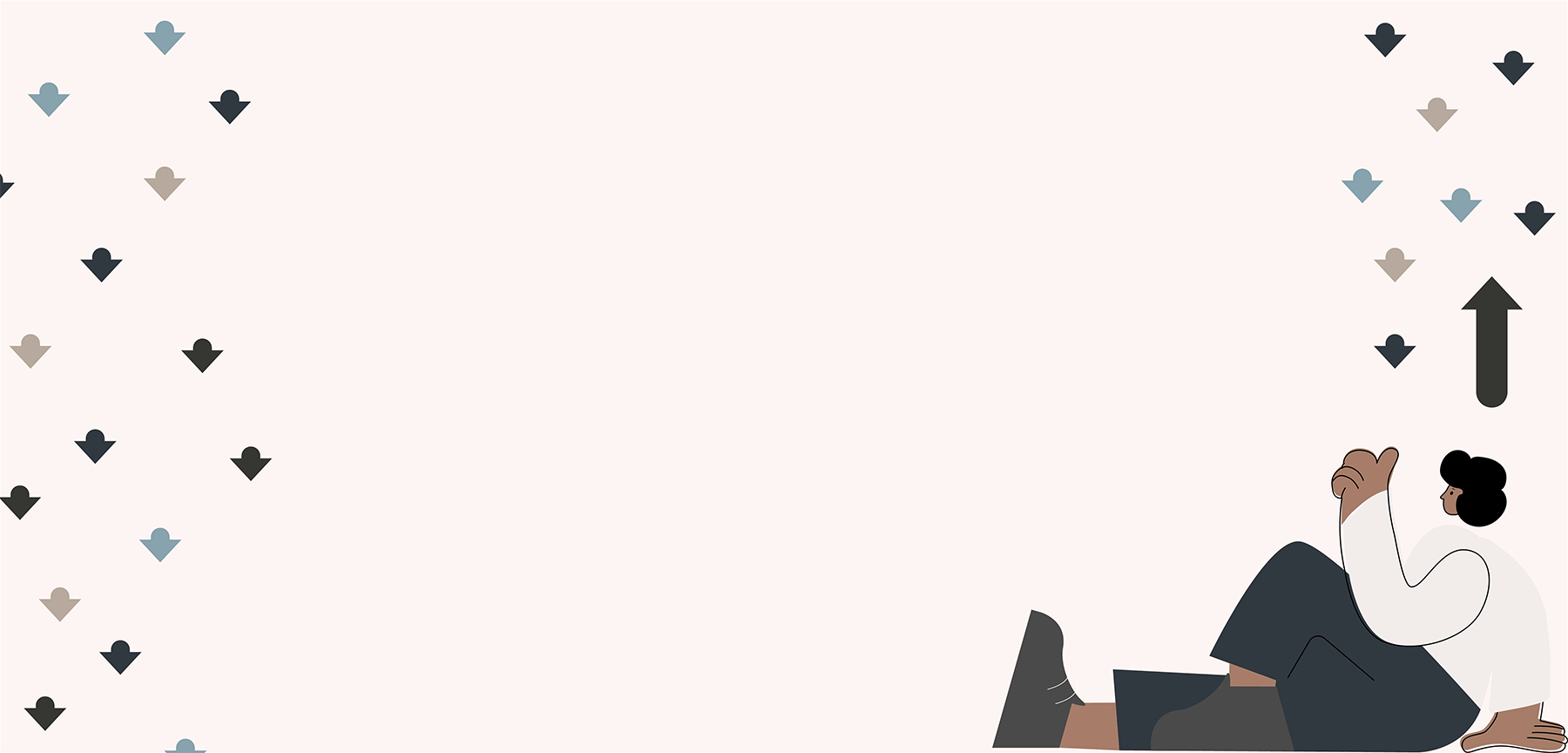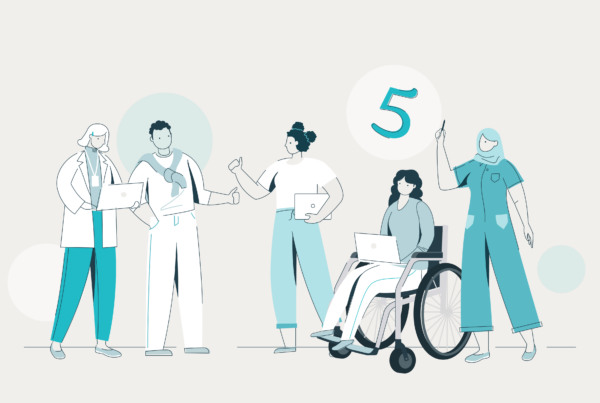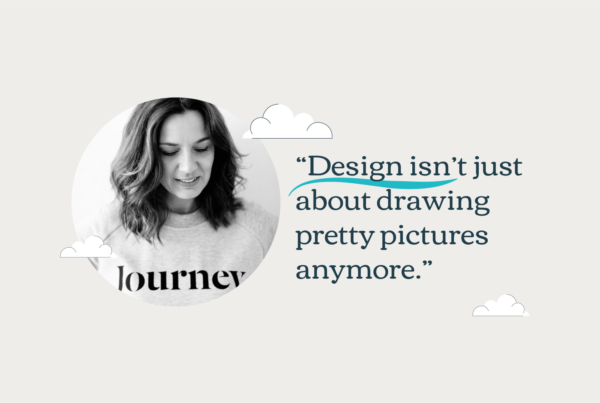Despite billions of dollars being spent on unconscious bias training each year, many diversity and inclusivity initiatives fail. Let’s explore some of the biggest barriers to success and how best to put them to bed.
Diversity and inclusion is more than just a laudable aim for your business – research has demonstrated time and again that gender and ethnic diversity makes businesses more profitable.
But, despite having such a huge effect on productivity and the bottom line, the harsh truth is that many of us are still failing to improve diversity and inclusivity in our organisations.
Let’s take a look at 8 problems organisations typically encounter when trying to improve diversity – and the behavioural science research that can help you defeat them for good.
1. ‘Stereotype threats’ to certain demographics
‘Stereotype threat’ is a phenomenon where people of a particular background feel as though they may end up conforming to perceived expectations about their social group to do with their life choices or behaviour.
So if the stereotype among certain groups of people is not be in high-powered positions, we need to actively fight that stereotype for people from that background to see there’s a pathway for them.
What can you do?
Provide opportunities for people to show what they’re capable of – particularly those from disadvantaged backgrounds.
If you haven’t already, introducing apprenticeships is one way to make your workforce more diverse. For example, ‘learning and earning’ models allow young people to pursue careers that might otherwise require a university degree. By removing the need to choose between either going to university or earning a salary, the social norms around who ‘should’ be in corporate positions can be redefined, and with them, the opportunities afforded to people from wider backgrounds.
School role models are another avenue. Work hand-in-hand with the education system to introduce young people to people from your business with similar backgrounds to them. ‘Messenger effects’ suggest young people will be far more receptive to hearing wisdom from people like them than from almost anyone else.
2. We tend to hire and promote based on our biases
We’re all of us human, and that means when we’re hiring our gut instincts can easily take over. We can be guided by the type of person that has been holding the position to date, or by selecting only people who are similar to us.
This kind of perpetual confirmation bias about who gets into roles is a big part of the reason why we see so many people with the same backgrounds in management positions, for example.
What can you do?
When deciding who to hire (or promote) you can enhance inclusivity by actively noticing and pushing back against your biases .
One way to do this is to redefine what ‘good looks like’. When we think of this in terms of people our decisions can reflect a variety of biases, such as affinity bias (the tendency to get on with people who are similar to us), familiarity bias (favouring the option we’re most familiar with) and the ‘halo effect’ (allowing a positive impression of a person to influence opinions and feelings in other areas).
Will Bentinck from Maker’s Academy suggests another way – when writing job descriptions, do what they say on the tin and describe the job, not the person who’ll do it. You’ll find it really changes who feels they’re best placed to fill that role effectively.
3. Teams have a tendency to ‘groupthink’
Groupthink is a psychological phenomenon within a group where everyone agreeing with each other to avoid conflict results in irrational – or even dysfunctional – decision-making.
How can you tackle groupthink?
Ask people to take some time to come up with ideas on their own before a group meeting and invite them to share their private thoughts in the discussion.
Brainstorming sometimes mutes minority opinions because employees are uncomfortable bringing new perspectives to the table. So, take a breather between brainstorming and decision-making sessions to give yourselves time to consult the minority view. You may find you reach more innovative, breakthrough decisions.
4. Everyone needs to be involved in inclusivity
And yet they’re not! While it may seem obvious that the process of change within an organisation needs to involve everyone, that’s actually rarely the case.
What can you do?
Encourage people to attend talks and meetings organised by less represented groups – particular those from groups they don’t necessarily identify with themselves. For instance, it might be helpful for a heterosexual colleague to attend an educational LGBTQ+ event so they have the opportunity to learn the subtleties of the subject from those who know the subject better than anyone.

5. The environment may not be right
There’s a saying in behavioural science that ‘context matters’. While we like to think we’re totally in control of choices and actions, many of our behaviours are actually a response to various cues in our environment that are often processed unconsciously.
More than that, we can respond completely differently to the same stimulus in another situation. For diversity and inclusion that may mean that messages and campaigns that feel as though they should work, may not. And they may not translate across international audiences either.
What can you do?
Adopt an experimental mindset. Make subtle A-B test adjustments to your working environment and measure the effects they have on diversity and inclusivity.
Adopt the practices that seem to have a positive effect, and forget the rest. It’ll be different in different locations without doubt, so it won’t be an overnight fix. But an experimental mindset will be the best way to iteratively progress towards the kind of working environment that welcomes all.
6. Rewards and salaries focus on individual performance
You may have a very competitive reward and salary structure, and that can be great. But it can also encourage individualistic behaviours which can crowd out opportunities for others.
What can you do?
Rethinking rewards to include bonuses linked to overall teamwork can encourage teams to be more inclusive and work together towards a goal.
Perhaps even consider tying bonuses to inclusivity to reward people who have worked towards making your company more diverse.
7. Different working styles may not be catered for
Inclusion of a variety of working styles and arrangements is naturally going to enhance productivity and worker wellbeing. Your organisation may well have adopted more flexible working practices in the wake of Covid-19 for example, but often there’s more ways organisations can support their staff .
What can you do?
Make your working environment conducive to accommodating both different working styles, and employees’ domestic needs. So flexible hours, job-shares and more generally, being understanding if somebody needs to do some home-schooling for their 5-year-old while you’re in the midst of a project.
It’ll really help avoid burnout, it’ll extend careers and it’ll make your workplaces more inclusive.
8. The benefits of inclusivity aren’t measured
While you may be investing in making your organisation inclusive, it can be difficult to quantify the impact of the measures you’re taking on the bottom line.
What can you do?
Link inclusivity to traditional business outcomes using metrics that give insights into how diversity is actively boosting the business financially.
When you provide credible statistics around inclusivity and business outcomes, the success stories create a kind of ‘virtuous escalator’ of more and more inclusive actions. Each one is likely to positively impact your business’ reputation, how attractive your employee brand is, and your bottom line.
Inclusivity is not a ‘nice to have’, but a ‘need to have’ if you want to be successful. The more behavioural science we can use to identify and then tackle the biases that can hold us back from creating a more inclusive workforce, the better off all of us will be.




